RECYCLED PLASTIC vs BIODEGRADABLE –
So, to state the obvious here:
Recyclable plastics are plastics made of reprocessed and recovered waste plastic
Biodegradable plastics are derived from renewable raw materials and are capable of being decomposed and biologically broken down over time.
we chose recycled plastics because:
Land mass:
The biomass we would have been using comes from corn starch, the production of corn starch-based bio-plastics takes away resources from the world’s food supply and uses significantly more energy to produce than conventional plastic. For example It takes 2.65 kg (5.8 lb) of corn to make 1 kg (2.2 lb) of polylactic acid. Also according to estimates there isn’t enough land in the world to grow enough corn (and other suitable crops) to make enough PLA to substitute our traditional plastic consumption.
Accessible commercial Composting:
When degrading bio-plastic it mainly breaks down into carbon dioxide and water without any other nutrients or minerals. This in return make the industrial composting of any biodegradable plastic an ‘unlucrative’ venture, thus most industrial composting plants do not take or want to take any biodegradable plastic. Composting via conventional waste stream, e.g. green bins in Germany is therefore not possible. Today the majority of biodegradables plastic land in normal landfills where the generation of methane during the degeneration process further adds to a negative eco balance.
Using recycled plastic (and especially fibre enhanced recycled bio-plastic on the other hand creates significant advantages:
Re-using what already exists: there is a huge amount of plastic produced from petroleum based non renewable resourced every year if we like it or not. For example 275,000 tons of plastic are used each year in the UK, that’s about 15 million bottles per day. Polypropylene is one of the plastics that can be 100% recycled without loosing its properties.
Increasing volumes: by using fibres the overall volume of new material produced can be extended significantly. In the case of Agriplast this means that we can produce 3x more bio-plastic by mixing in the grass fibres than using conventional recycled plastic.
Multiple recycling: fibre enhanced bio-plastic such as Agriplast can be recycled multiple times before the end of its lifespan.
Reduces the demand for dyes and fixing agents, which in turn lowers the environmental impact of their use and manufacture.
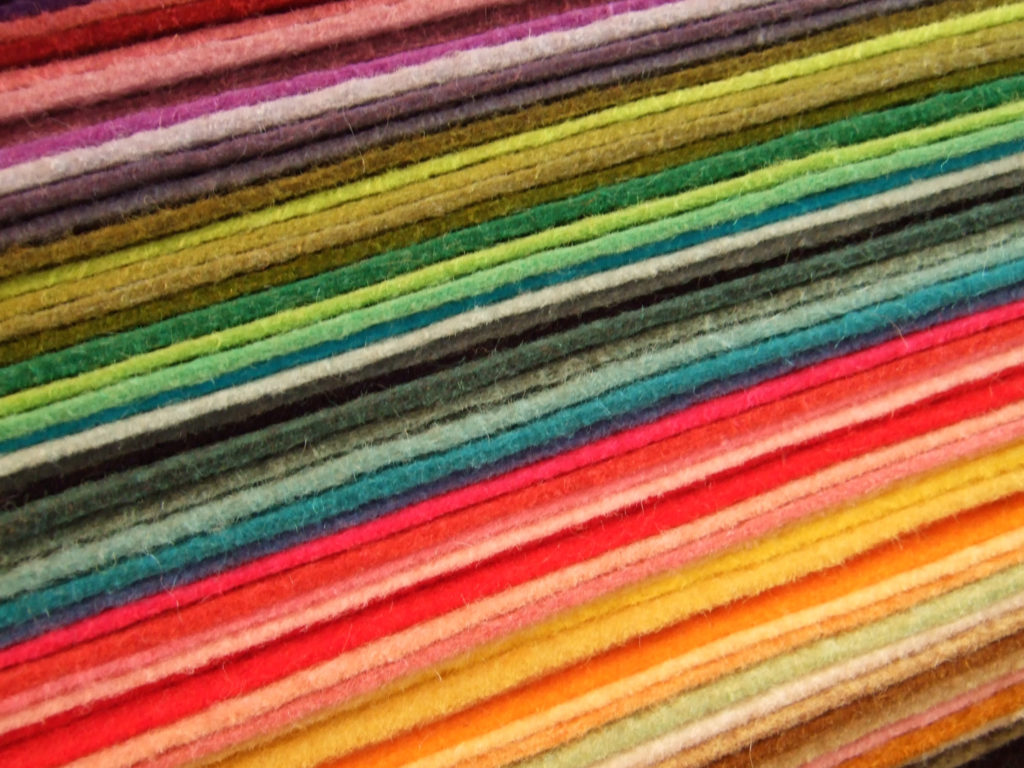


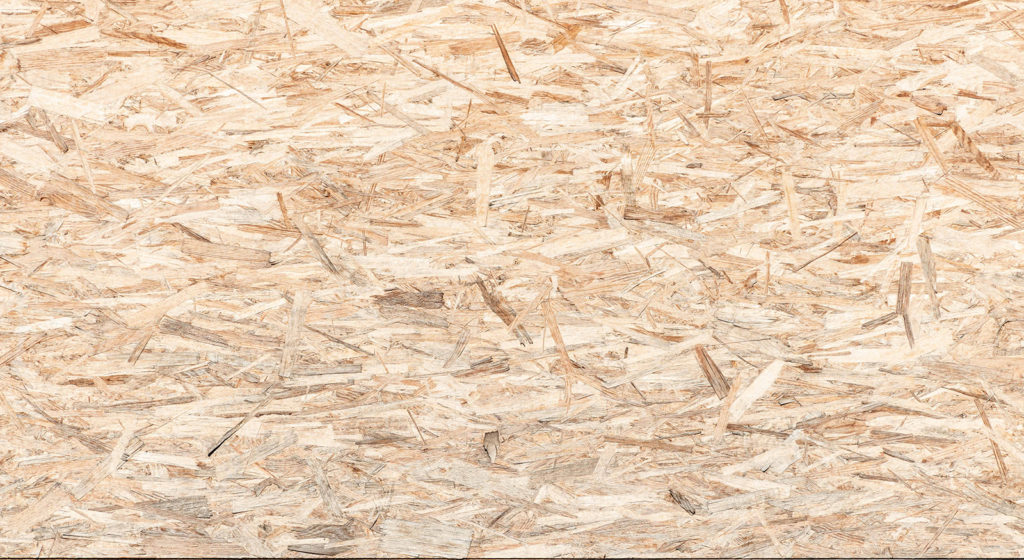
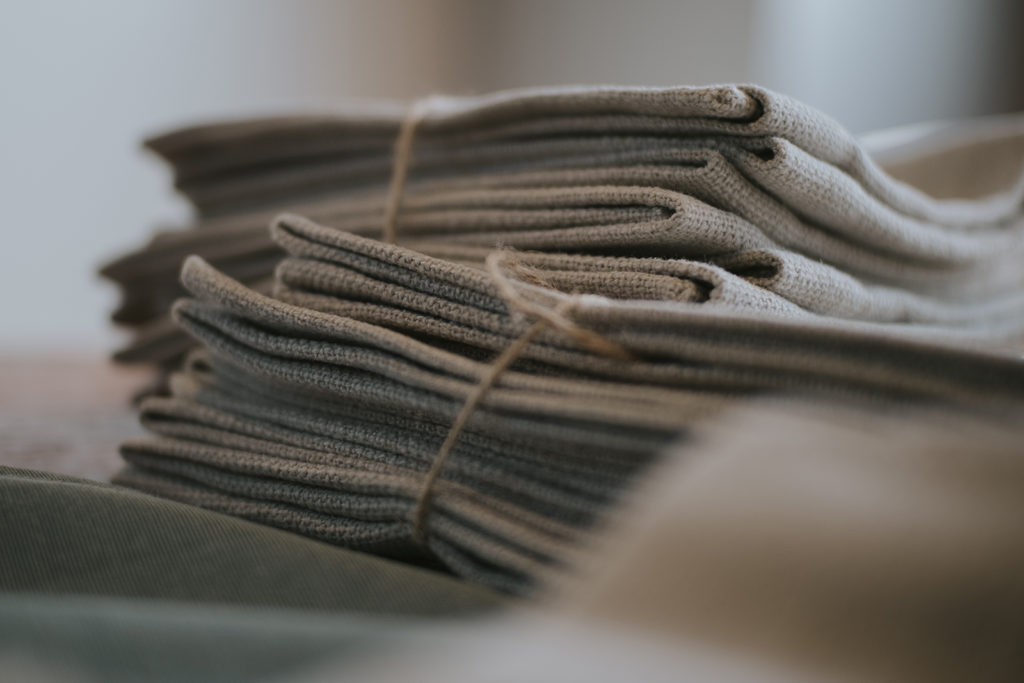
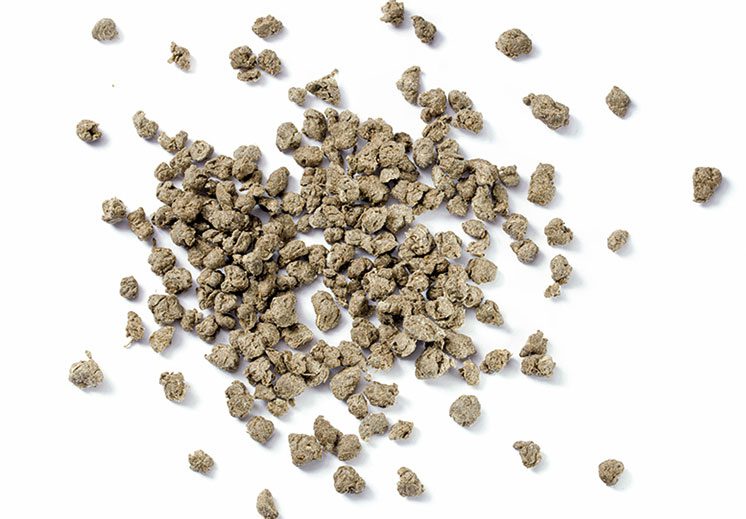
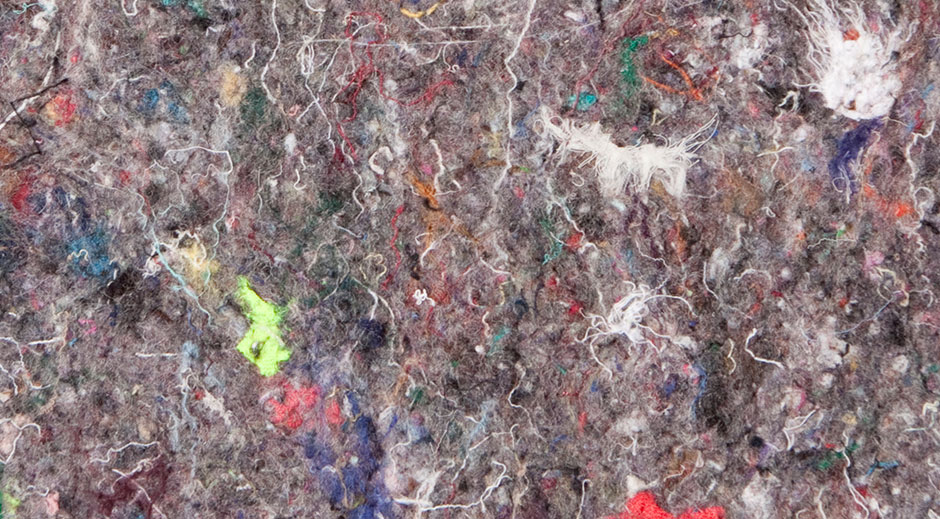
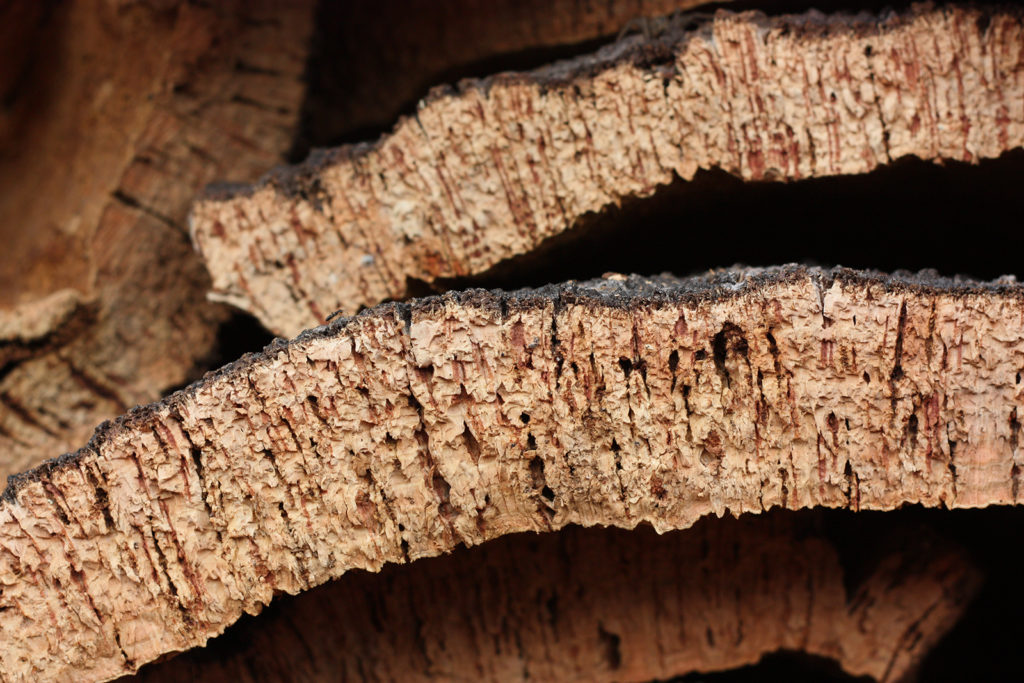
Recent Comments